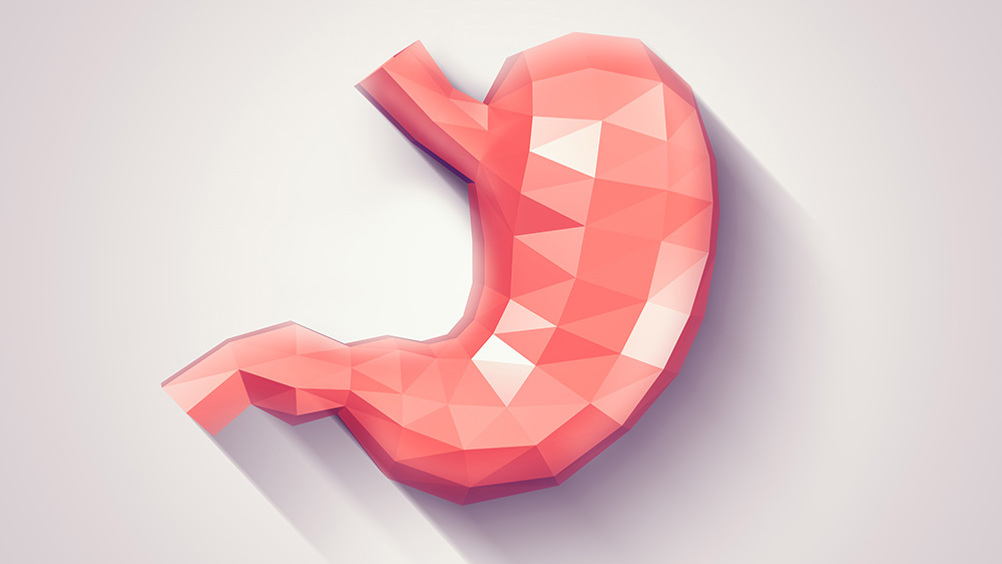Raising awareness of acute kidney injury and improving patient care

Abstract
Nicola Geraghty, Lead Acute Kidney Injury/Renal Clinical Nurse Specialist, Calderdale and Huddersfield NHS Foundation Trust (Nicola.Geraghty@cht.nhs.uk) won the Bronze Award in the Renal Nurse of the Year category at the BJN Awards 2023
Over half of my nursing career has been spent in renal nursing. As an experienced nurse in acute and maintenance haemodialysis, I felt I needed to broaden my horizons and accept a new challenge.
Calderdale and Huddersfield NHS Foundation Trust had recognised the potential benefits of having an acute kidney injury (AKI) nurse in a district general hospital, such as reducing the reliance on a tertiary renal hub and providing local support as an in-house, in-hours service in collaboration with the consultant nephrologists based locally.
My appointment, in April 2020, coincided with the first lockdown due to COVID-19. It was a particularly challenging time. I was redeployed onto the wards twice within my first 12 months at the Trust. I was able to use this time to look at the dynamics within the ward settings and develop my prime goals to improve fluid balance monitoring and urinalysis.
I found the main challenges were staff shortages and use of the electronic patient record to record information.
Register now to continue reading
Thank you for visiting British Journal of Nursing and reading some of our peer-reviewed resources for nurses. To read more, please register today. You’ll enjoy the following great benefits:
What's included
-
Limited access to clinical or professional articles
-
Unlimited access to the latest news, blogs and video content

